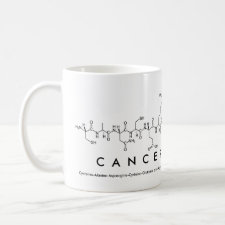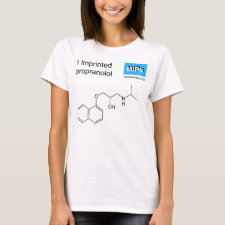
Authors: Nilsson S, Schweitz L, Petersson M
Article Title: Three approaches to enantiomer separation of β-adrenergic antagonists by capillary electrochromatography.
Publication date: 1997
Journal: Electrophoresis
Volume: 18
Issue: (6)
Page numbers: 884-890.
DOI: 10.1002/elps.1150180606
Abstract: Three different capillary electrochromatographic methods for the enantiomer separation of beta-adrenergic antagonists (acebutolol, alprenolol, atenolol, metoprolol, pindolol, prenalterol, and propranolol) were applied using different cyclodextrins (beta- cyclodextrin, carboxymethyl-beta-cyclodextrin and dimethyl-beta- cyclodextrin) added to the electrolyte, a cross-linked protein-gel (cellobiohydrolase I) and a molecularly imprinted ((R)-enantiomer of propranolol) super-porous polymer as chiral selectors. Through use of these different separation strategies, all the beta-adrenergic antagonists studied could be resolved into their enantiomers, although the three methods were carried out without extensive optimization. The protein and molecularly imprinted phases gave the highest selectivities whereas employing cyclodextrins resulted in the highest separation efficiency. Proteins and cyclodextrins are primarily natural products, albeit the cyclodextrins can be derivatized. In contrast, the molecularly imprinted chiral stationary phase can be highly customized when produced
Template and target information: propranolol



Join the Society for Molecular Imprinting

New items RSS feed
Sign-up for e-mail updates:
Choose between receiving an occasional newsletter or more frequent e-mail alerts.
Click here to go to the sign-up page.
Is your name elemental or peptidic? Enter your name and find out by clicking either of the buttons below!
Other products you may like:
 MIPdatabase
MIPdatabase









